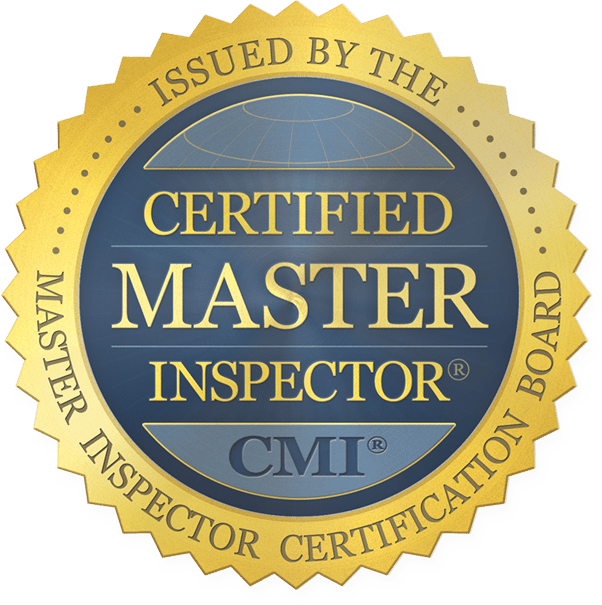How to Spot Termites in Your Home
One of the scarier things that you might have to deal with as a homeowner, buyer, or seller is the threat of termite damage. If not caught in time, termites can leave a hefty trail of destruction behind them, and the repair costs can skyrocket very easily.
Keeping an eye on termite damage and being able to spot the signs early is key, particularly if you live in an older or primarily wooden home. We’ll walk you through some of the signs of termite damage in this article so you can keep a closer eye on your home in the future, catch any termite issues early on, and how home inspections can help with spotting termite damage.
The tell-tale wood blisters
If you see odd blisters on wooden floors and paneling, that might indicate termites feeding within the wood or below the wood. The blisters in the wood can often be mistaken for water damage since the markings can look similar, so it’s easy for many to get confused.
If the markings suddenly appear, it’s worth getting a termite inspection to ensure there is no damage – especially if there is no plausible reason for water damage in that area. The wood blisters are usually caused by subterranean termites eating up the subfloors, causing the wood to appear this way.
The hollow sound of wood
This sign is something you can regularly do to make sure your wooden items are fine and not falling prey to the tiny termite foes. Knock on wood regularly for luck and to check for termites. If at any point the wood starts to sound hollow, schedule a termite inspection.
That sound usually means that termites have eaten the wood from the inside searching for cellulose and have left long grooves behind that lead to that kind of noise. If left unchecked, the wood will continue to weaken and can lead to major structural damage.
Frass, or termite droppings
If you see small black marks and a dark, powdery kind of substance around an area, it might be a sign of termites. Drywood termites work a bit differently than the subterranean termites that are usually encountered. Drywood termites push their feces out into small holes close to the entrances of their nest, and it is a surefire sign of insect activity in the wood.
If you spot something that looks like what we’ve described, but you’re not quite sure, don’t disturb it. Take pictures of it, and during a termite inspection, you can show the photo so that the inspector can take a look and confirm the termite suspicion.
Termite inspections for damage
Termite inspections are a crucial way to spot termite infestations and ensures that you can start to take action to get rid of them before they cause significant damage. Termite inspections will identify the presence of a pest and help you prepare the next steps to get rid of them.
Generally, the recommendation for termite damage is repairs, fumigation, or a combination of the two before anyone can occupy the home. Adding a termite inspection to your overall home inspection can be an ideal way to examine key house areas and identify any risky spots to develop an action plan.
Termites can be a nasty and unwelcome surprise for homeowners, buyers, and sellers. A thorough home inspection can be extremely useful for spotting early signs of termite damage and can enable you to carry out repairs quickly before further issues occur.
It is crucial to have your home inspection completed by a team of experienced professionals that can identify and flag issues such as termites immediately so you can develop a course of action. To learn more about the termite threat and how home inspections can help, get in touch with the Trident Inspection Group for more information!



